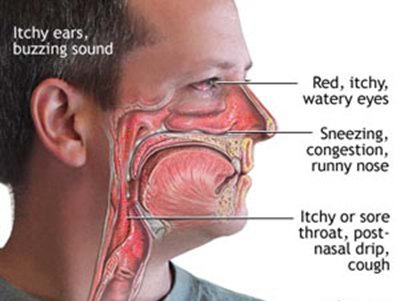
ALLERGIC RHINITIS
An allergy is an overreaction of the body’s immune system to a typically harmless substance. When a person who is allergic to the substance encounters it, the body reacts by releasing chemicals which cause allergy symptoms. Nasal allergy symptoms can be triggered by substances such as pollen, mold, dust mite, animal dander and environmental irritants such as smog and climate factors.
WHAT IS SINUSITIS?
Sinusitis is an inflammation of the nasal sinuses. Under normal circumstances, the sinuses produce a small amount of mucus. However, when inflammation sets in, the mucosal lining substantially increases mucus production. Inflammation is usually caused by bacterial, fungal, viral, or allergic processes.

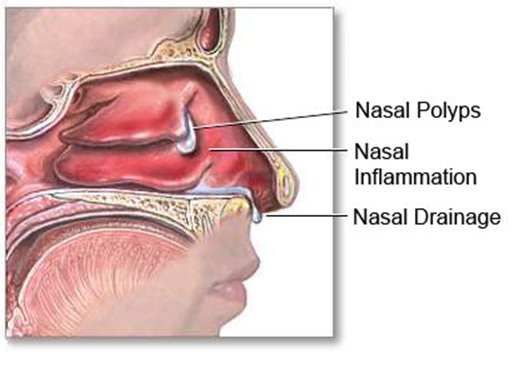
NASAL POLYPS
Nasal polyps are soft, non-cancerous growths that develop on the lining of the nose or sinuses. They are the end product of chronic inflammation that may result from a viral or bacterial infection, allergies, or an immune system response to fungus. Chronic inflammation causes the blood vessels in the lining of the nose and sinuses to become more permeable, allowing water to accumulate in the cells. Over time, as gravity pulls on these waterlogged tissues, they develop into polyps.
DEVIATED NASAL SEPTUM
Under ideal circumstances, the nasal septum is perfectly straight
and located precisely in the middle of the nose, which makes both
sides of the nasal cavity equal in size. Unfortunately, this ideal
situation is seldom the reality. More than 80% of the population has some degree of deviation or crookedness of the nasal septum.

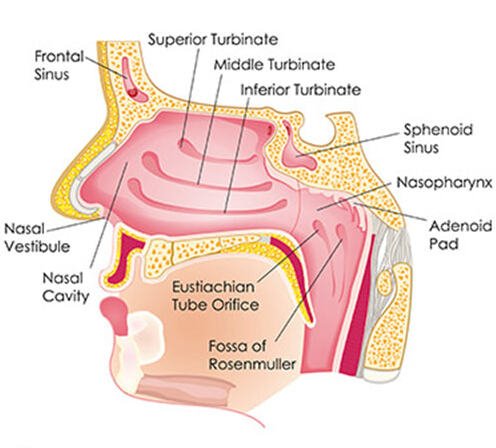
TURBINATE HYPERTROPHY
When turbinates become enlarged as a result of sinus inflammation, environmental irritants, allergies, and other factors, it can impair normal breathing and contribute to headaches, snoring, and sleep apnea. This condition is known as turbinate hypertrophy (enlargement).
WHAT IS RHINOPLASTY SURGERY
The nose is a prominent part of the face, which makes it easily exposed to many reasons that change its shape, such as; injuries from accidents or fights, genetic, or congenital defects, and this affects ourselves in negative way, The problems of the nose are not only cosmetic but there are many other medical problems, such as; breathing problems, sinus, etc., which leads us to perform rhinoplasty.
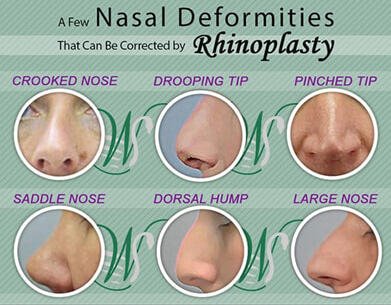
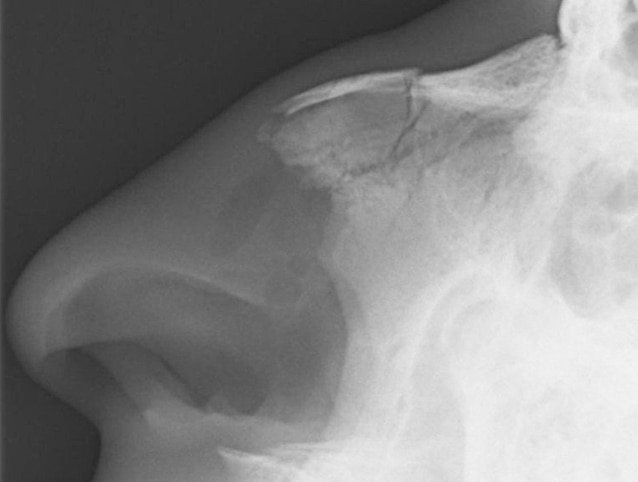
NASAL BONE FRACTURE
Common nasal bone fracture symptoms include:
How to tell if I have broken my nose
- Nose pain
- Crooked nose
- Swelling on the outside or bridge of the nose
- Bleeding from inside or outside the nose
- Difficulty breathing through the nose
- Bruising around the eyes
